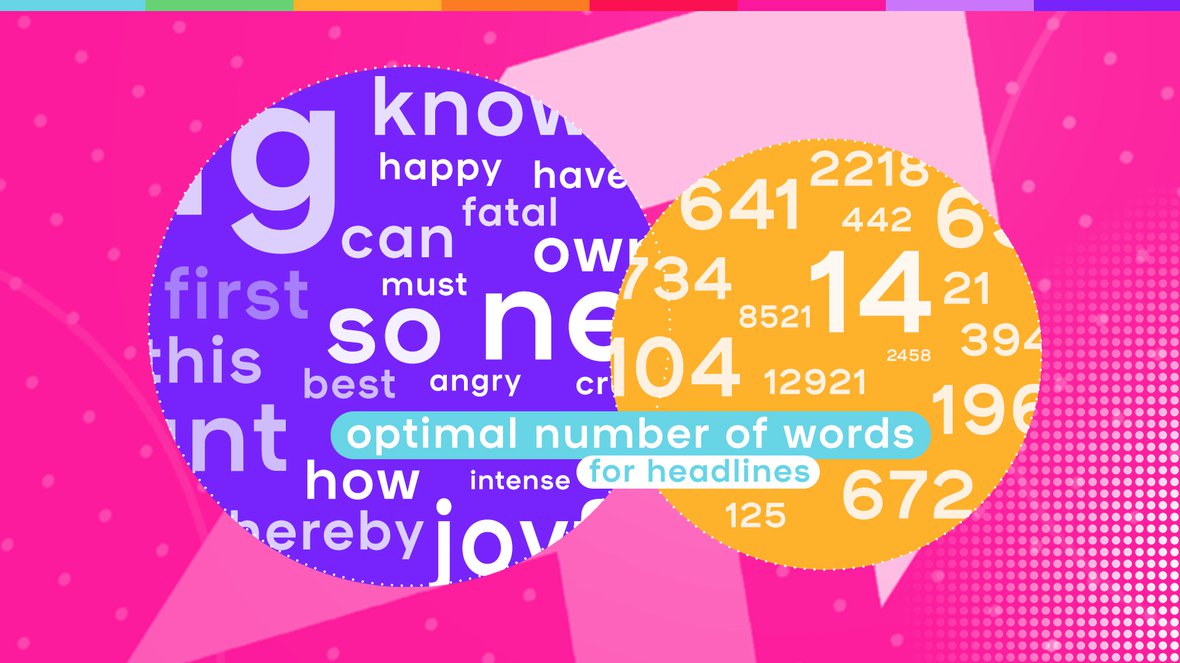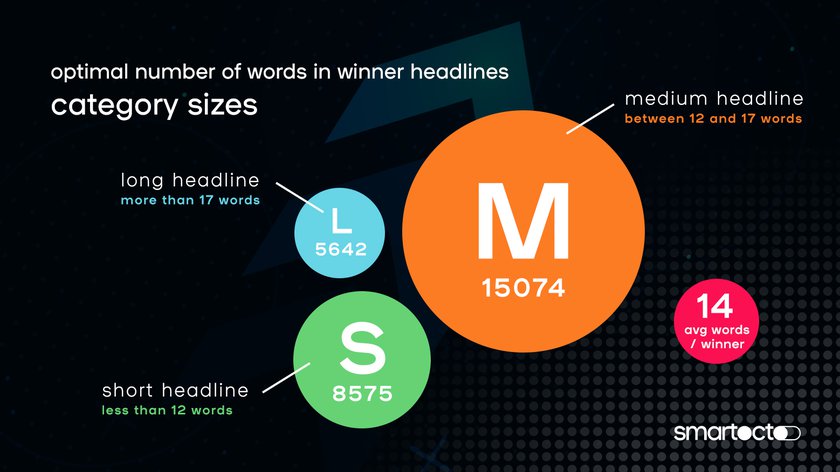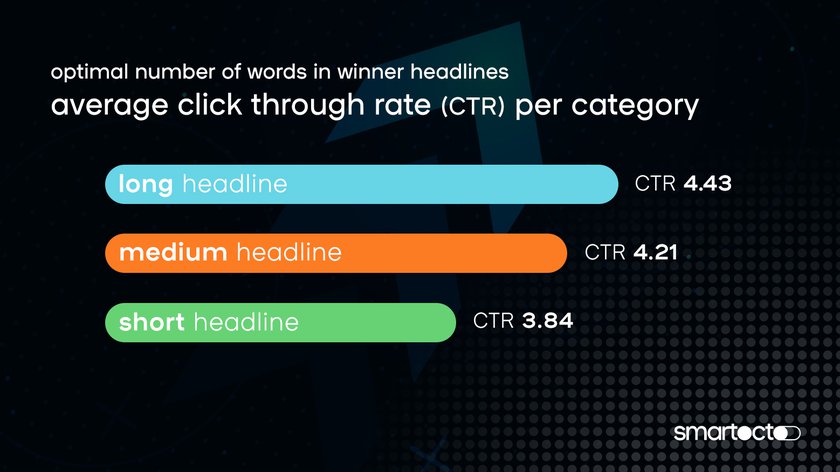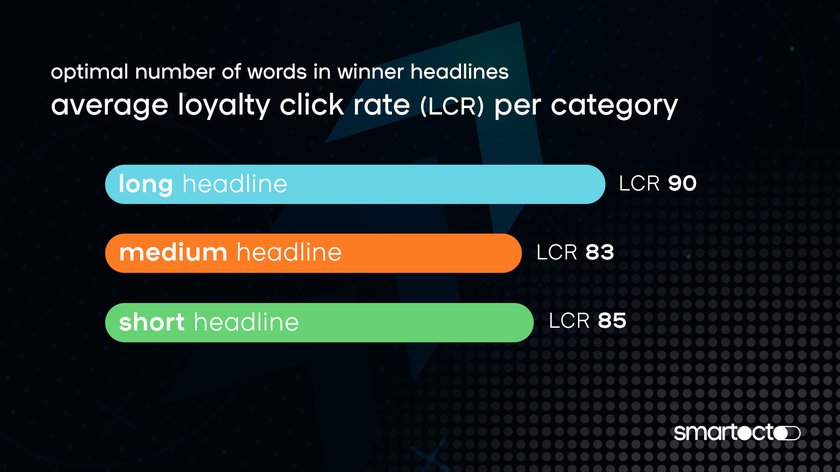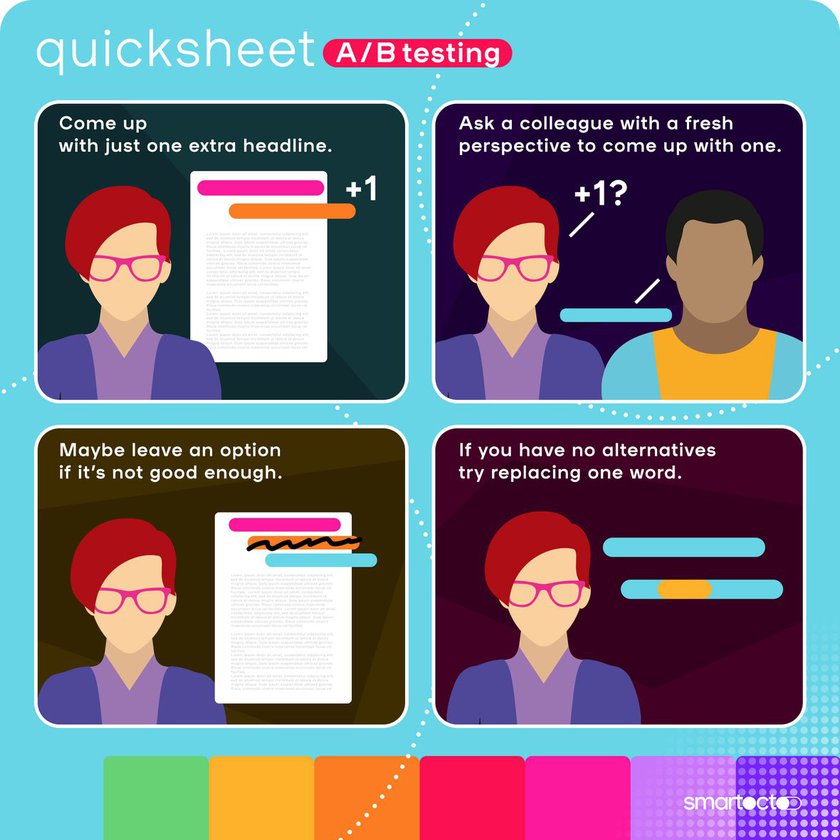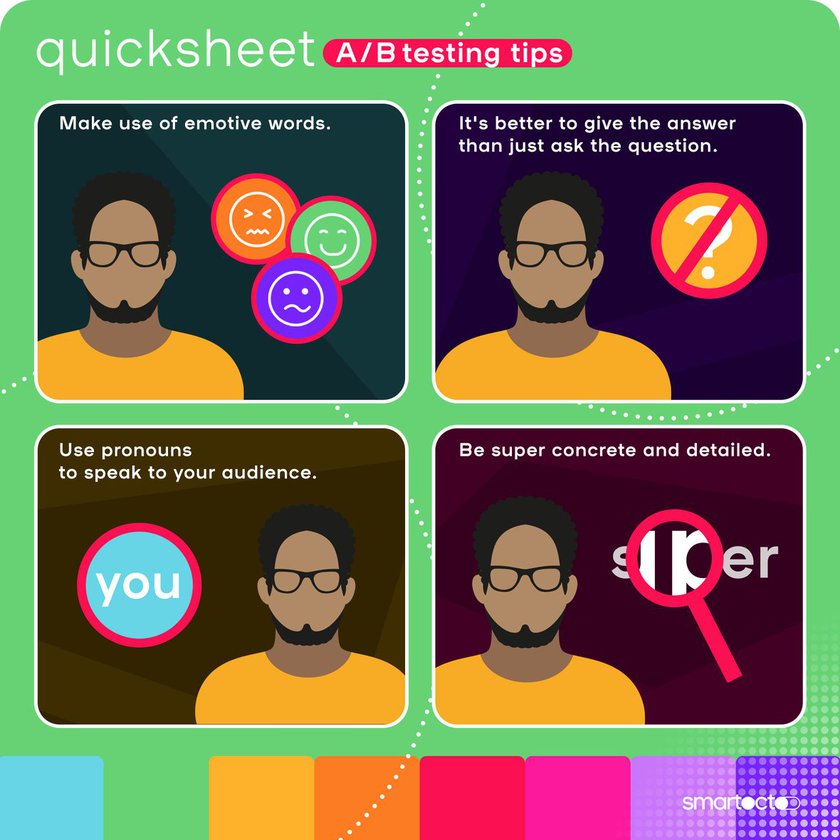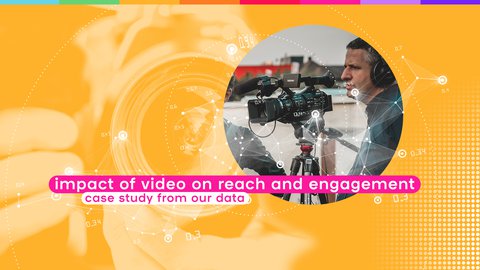The headline of an article is an essential component of your journalistic work and can determine how well the piece will be read. But does the number of words in the headline really matter? In the latest piece for our 'From Our Data’ series, this is exactly what we investigated.
We’ve done a lot of work on headline testing recently and between client-specific workshops and consultations and data investigations we’ve acquired a good sense of what makes a successful headline. Of course, it’s not possible to be prescriptive - a lot depends on the media brand, the topic, the timing, and so on - but winning headlines usually contain these active verbs:
Have, want, can, must, know
Powerful adjectives are also popular, such as:
First, big, new, best
Signal words guide the reader and therefore frequently appear in headlines that perform better:
This, how, what, why
In addition, sentiment words such as these also make for a successful outcome:
Happy, joyful, intense, angry, cruel, fatal
Editors often discuss the ideal number of words too. It can be frustrating when a content management system limits the number of characters. But sometimes there is also debate when an article with an extremely short headline performs exceptionally well, when conventional wisdom says the opposite. Is it really due to the headline's length? Let’s check what the data says.
The data research: 14 words is your average
Smartocto’s data team examined the number of words in winning headlines during a recent study of A/B tests, which allowed us to make useful comparisons.
(By the way… by ‘good performance’, smartocto doesn't just mean that the article is clicked on a lot. The system always considers loyalty in smartocto's feature, Tentacles. The system counts a click as a ‘loyalty click’ if the visitor stays on the page for at least 10 seconds afterwards, which is a useful indication that the article lives up to the promise of its headline.)
Want a deep dive on A/B tests? Check out this webinar. Or ask for a demo.
